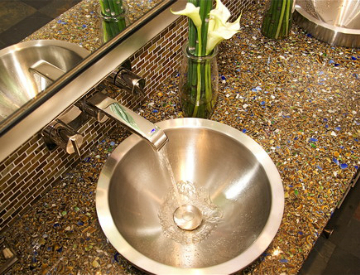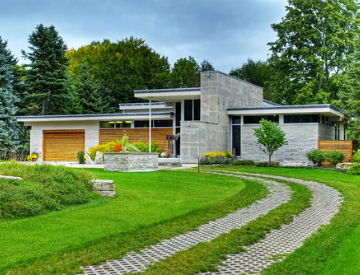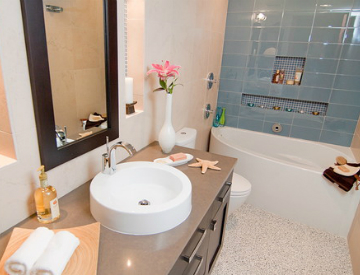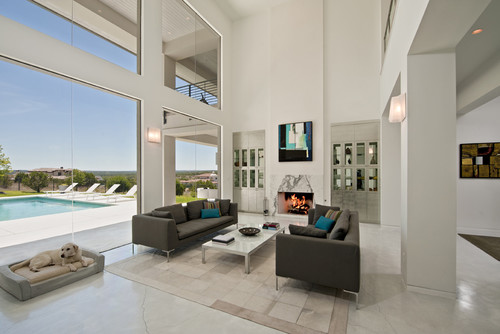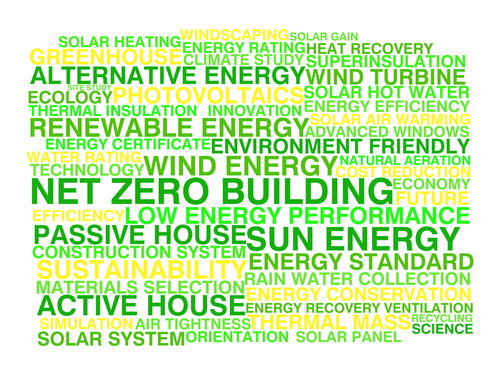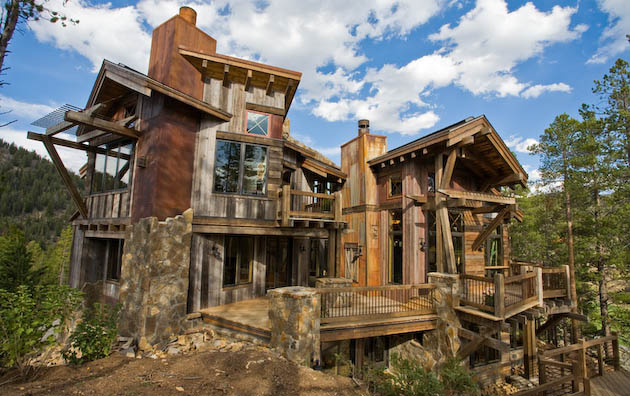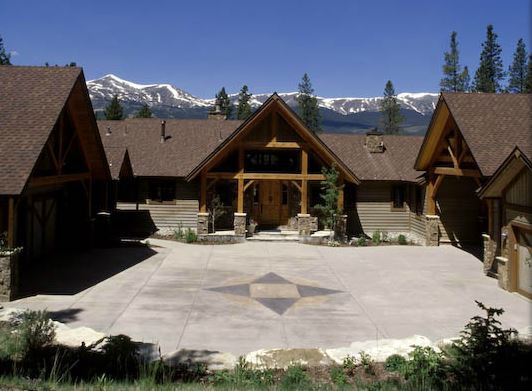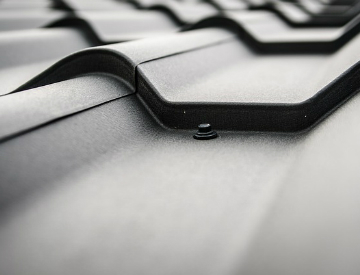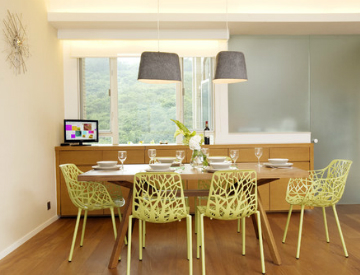
Achieving a net-zero-energy home means that you’ll be paying zero dollars on your energy bills, while also having quite a positive effect on the environment. Source: Houzz
If you want your home to be as energy efficient as possible, then you should look into creating a zero-energy home. Achieving a net-zero-energy home means that you’ll be paying zero dollars on your energy bills, while also having quite a positive effect on the environment. The following are a few tips for achieving a zero energy home:
- Increase insulation – Make sure that you have insulated your walls, floors, ceilings, basement, attic and even your duct work and piping. This helps reduce the amount of energy that your home loses.
- Seal all holes and cracks – By using caulk and weatherstripping, you should have all the holes and cracks around your home sealed to prevent outdoor air from leaking in and indoor air from escaping out.
- Replace old windows – Upgrading your windows is an easy way to help make your home more energy efficient since older windows often leak energy through the glass or their frames.
- Replace light bulbs – Use CFLs of LEDs instead of old incandescent bulbs. These use less energy, produce less heat and last longer.
Use these tips to help achieve a zero energy home. For additional eco-friendly tips, contact Trilogy Builds today.








